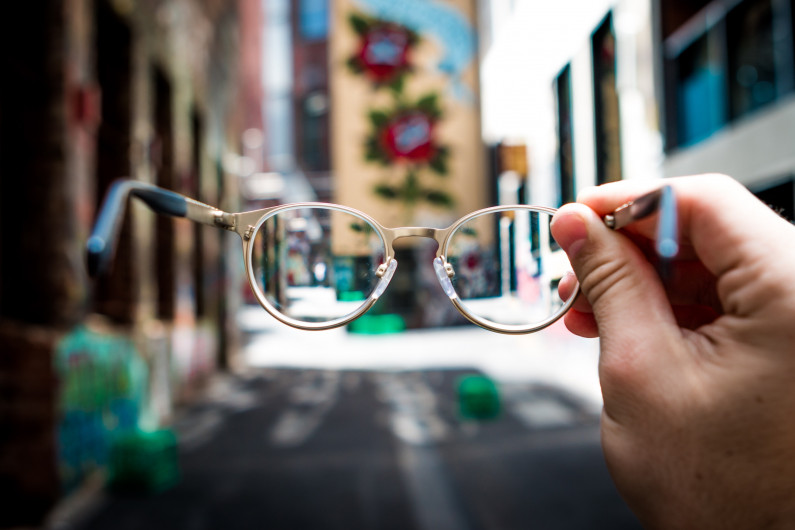The ever-changing prescription: Why Myopia in children needs to be closely monitored

Myopia - also known as near-sightedness or short-sightedness - is a common condition affecting both adults and children alike. But despite its prevalence, (or perhaps because of it) there is often a casual disregard for its potential seriousness when diagnosed in childhood.
That sounds alarming. Tell me more!
Myopia is a refractive error occurring when the eyeball is either too long or the cornea (clear, protective outer layer) is curved more than usual - causing light to focus in front of the retina (a thin layer of tissue at the back of the eye) rather than on its surface.
This error results in blurred distance vision, yet close up objects remain sharp.
While Myopia in adults is no cause for immediate concern, in children the condition can be worrying, because Myopia can progress rapidly and dramatically as a child grows.
Though it is well established that Myopia can be hereditary, environmental factors such as reading, screen time, and lack of time outdoors are proving to be just as (if not more) responsible for causing Myopia.
How can I tell if my child has myopia?
Firstly, don’t rely on symptoms. Often young children don't know what's normal vision or not and this can make it difficult to diagnose. The key with myopia is prevention, not treatment. So don’t wait until your child has symptoms to get their eyes checked. We want to see children when their vision is perfect and their eyes are healthy, and our job is to keep it that way! We practice proactive rather reactive management.
When children do experience symptoms, these might be in the form of one of more of the following:
-
Your child might complain about not being able to see the board at school
-
Objects seem blurry in the distance
-
Nausea
-
Sore eyes
-
Dry eyes
-
Headaches
-
Fatigue
Alright, what can I do about it?
There is a general school of thought that Myopia can be treated by simply increasing the optical prescription as the eyes worsen, but this is addressing the symptoms, not the underlying cause of the problem. Truly effective myopia management involves a tailored treatment for the childs vision system with the goal of addressing the cause of the change in prescription, not just getting new glasses.
This treatment methodology is starting to become known as myopia control, and whilst the research is substantial, unfortunately there are still too few optometrists who are practicing proactive prevention and control.
However, if the prescription is increasing every six months this is not ok, and puts the eyes at significant risk for disease later in life. Therefore children who have been diagnosed with this condition, should be carefully monitored for signs of progression and have a tailored management plan, which may include an exciting new technology called Ortho-Keratology (or Ortho-K).
So what is Ortho-K?
Ortho-Keratology is ground-breaking technology that not only treats the Myopia, but actually stops it from progressing.
Safe, non-surgical and entirely reversible, Ortho-K is where custom-made hard contact lenses are inserted into the eyes at night, and work to gently reshape the cornea, allowing for 20/20 vision in the daytime, with no other contact lenses or glasses needed.
Ortho-K is not permanent, and the lenses must be worn every night otherwise the cornea will revert back to its original shape after a few days.
This sounds great, how can I find out more?
Send us an email here, give us a call or click to book in for a free chat with one of our experienced optometrists.
